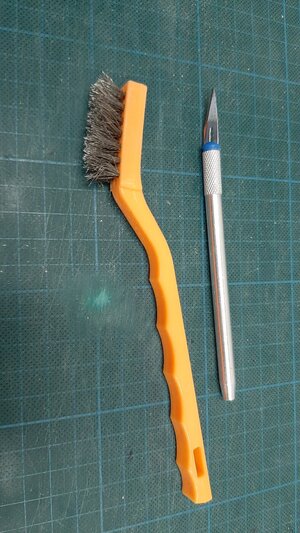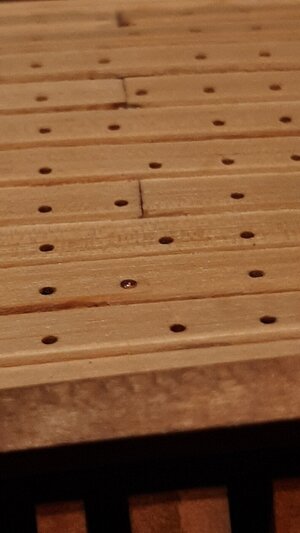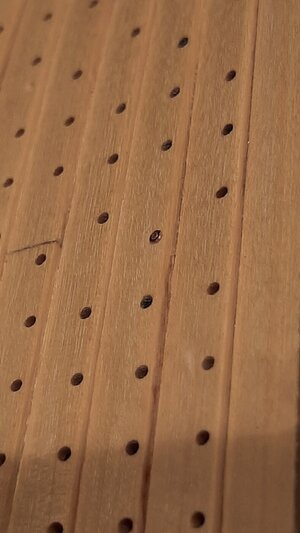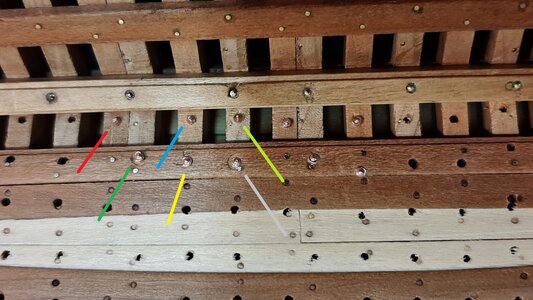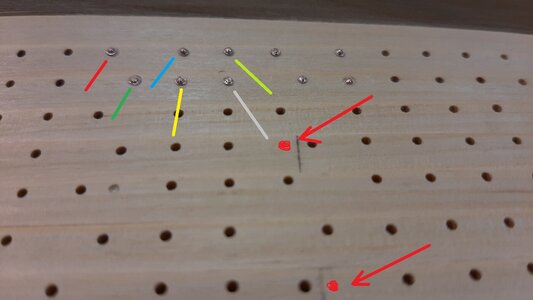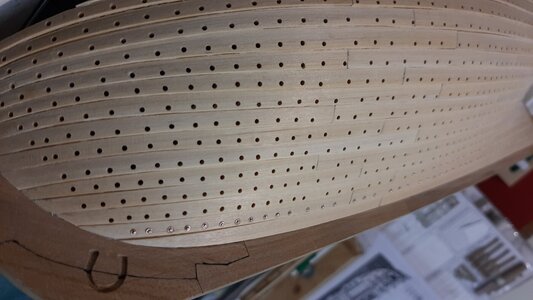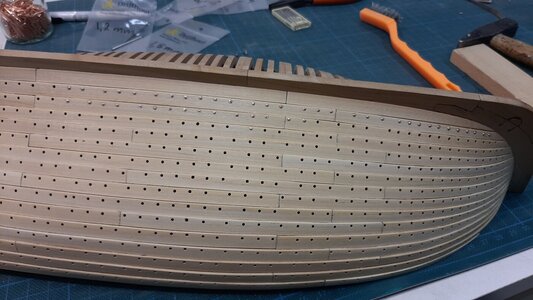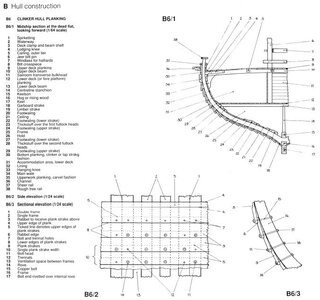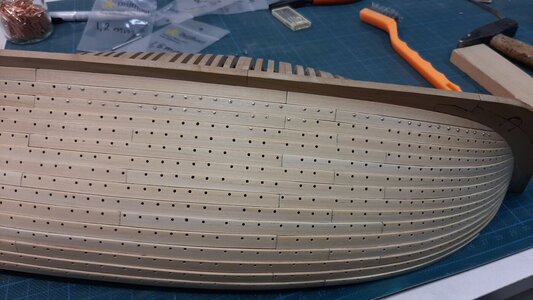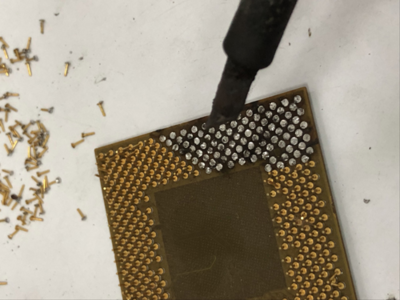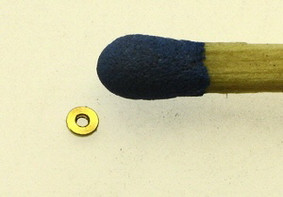Excellent handicraft as always.
Fiercely, was the first word that came to my mind when I read the words "steel brush". When I sanded the inner planks in my Coureur the surface became far to "polished" for my liking. I assume the steel brush treatment is too avoid such a glossy surface? I would have thought a steel brush would bring it to the opposite extreme though.
Sensei, please tell me more about this treatment. I guess it cannot be an ordinary steel brush?
Fiercely, was the first word that came to my mind when I read the words "steel brush". When I sanded the inner planks in my Coureur the surface became far to "polished" for my liking. I assume the steel brush treatment is too avoid such a glossy surface? I would have thought a steel brush would bring it to the opposite extreme though.
Sensei, please tell me more about this treatment. I guess it cannot be an ordinary steel brush?




